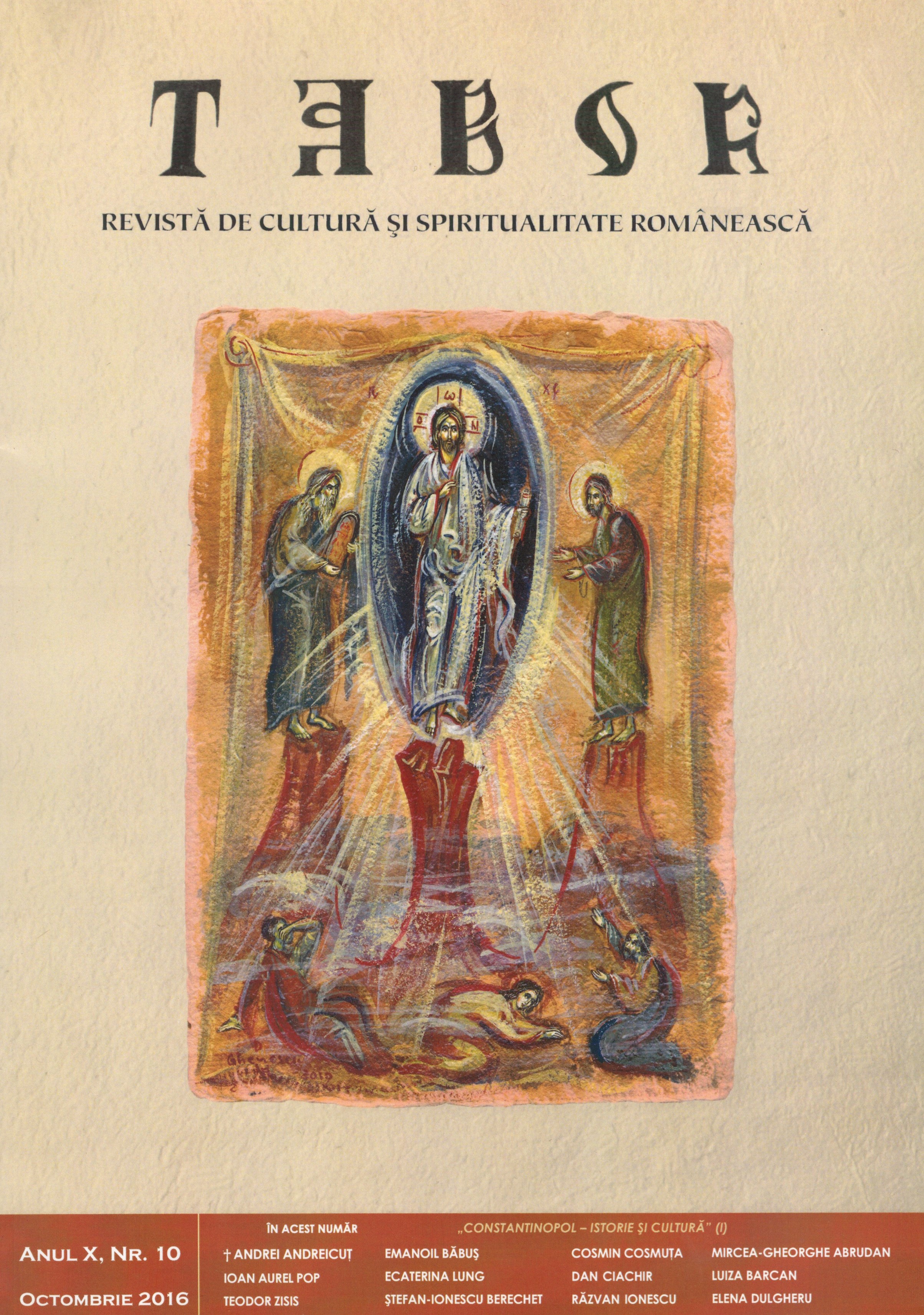Constantinopolul în vremea împăraţilor Comneni
Constantinople in the time of the Comneni dynasty
Author(s): Emanoil BăbuşSubject(s): History, History of Church(es)
Published by: Renaşterea Cluj
Keywords: Constantinople; Alexis I Comnenus; the Hippodrome; the Tauri Forum; Hagia Sophia; the capital palaces; religious foundations; commercial districts;
Summary/Abstract: Two dates are especially important for the Byzantine Empire: may 11th 330, inauguration of Constantinople City, and may 29th 1453, conquest of the city by the Turks. Generally, historians have divided this period into 3 parts: 330-610, the beginning period or late Romanity, 610-1204, the byzantine Middle Ages and 1261-1453, the last period or late byzantine. This division has the advantage of reflection on the historical data of a state with over a millennium of existence. In 1081, Alexis I Comnenus took over the Byzantine Empire and was forced to face a number of problems internally and externally. In this study I tried to present the situation of the capital under the Comneni Emperors with a description of the main public and religious buildings, which were giving Constantinople a unique urban profile since its beginnings. In the days of the Comneni kings, Constantinople was the largest city in the world, the richest and most populated, with 400,000 inhabitants. Those who came by sea could admire the pediment of the racetrack with its gilded horses, which are today in Venice, and the columns with their statues that adorned the forums: the Augustaion market, the column of Justinian, with the nine meters equestrian statue of the king which seems to be still fighting barbarians. In the forum of Constantine, the column and his statue as Apollo, in the Tauri forum a column with historical scenes and with an equestrian statue at the top, were later destroyed by crusaders. And many gardens and parks were decorating the palace and the private properties outside the walls. Those arriving in the city from Thrace were impressed by the walls 11 meters high, built by Emperor Theodosius II (408-451).
Journal: TABOR. Revistă de cultură şi spiritualitate românească
- Issue Year: X/2016
- Issue No: 10
- Page Range: 23-35
- Page Count: 13
- Language: Romanian
- Content File-PDF

